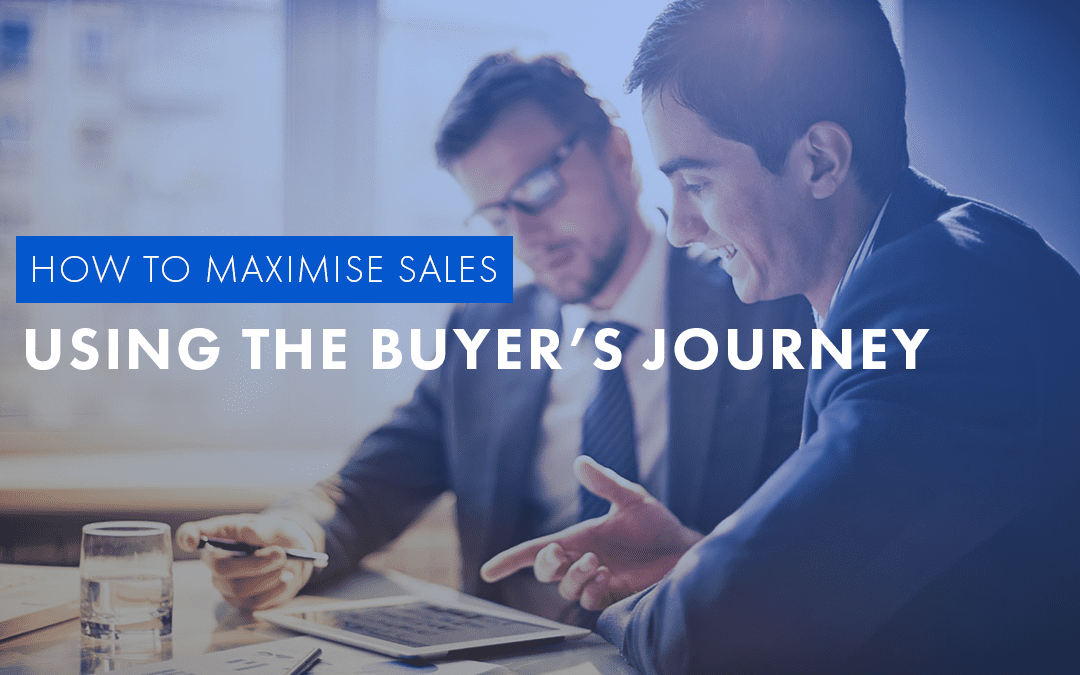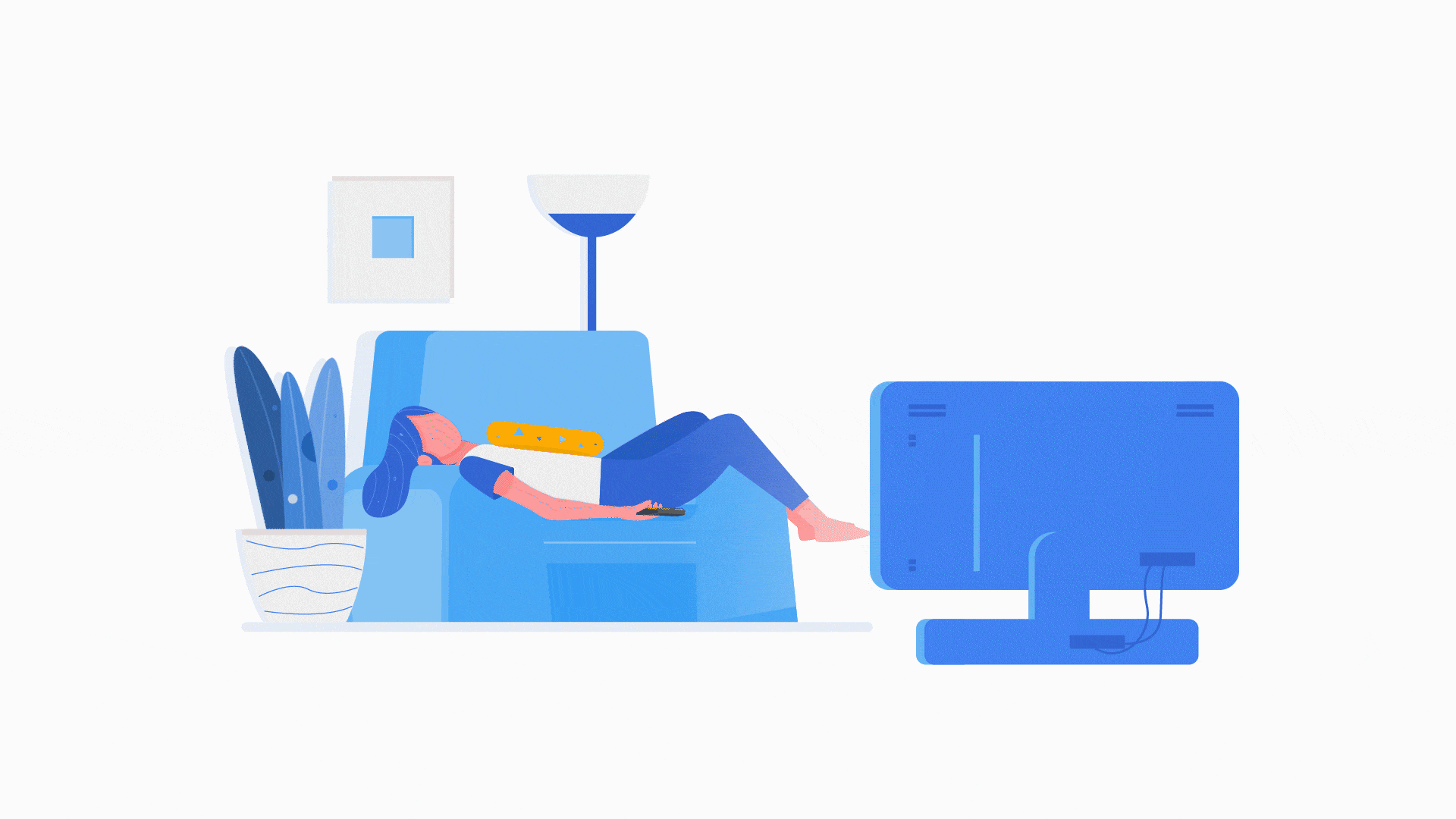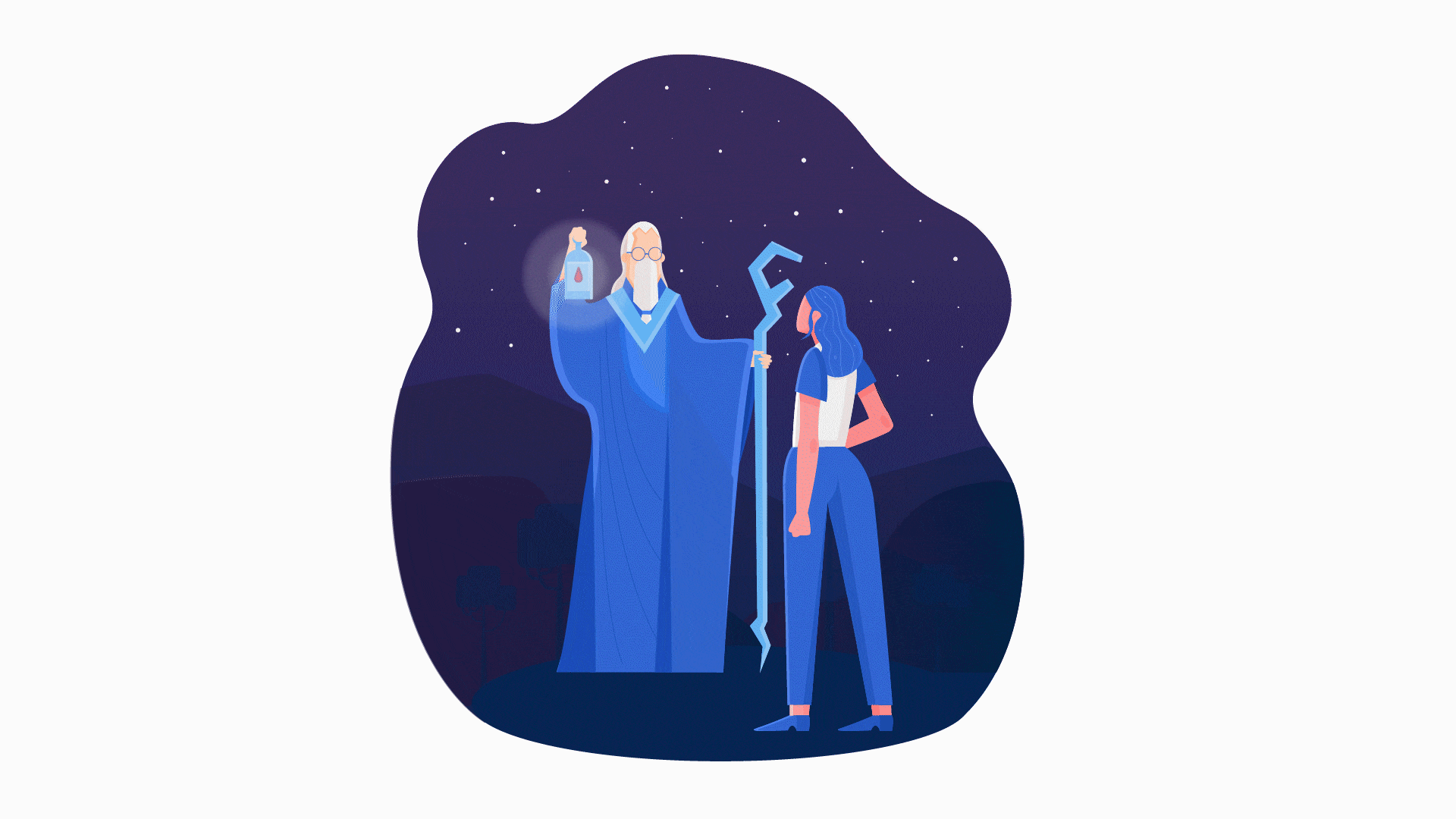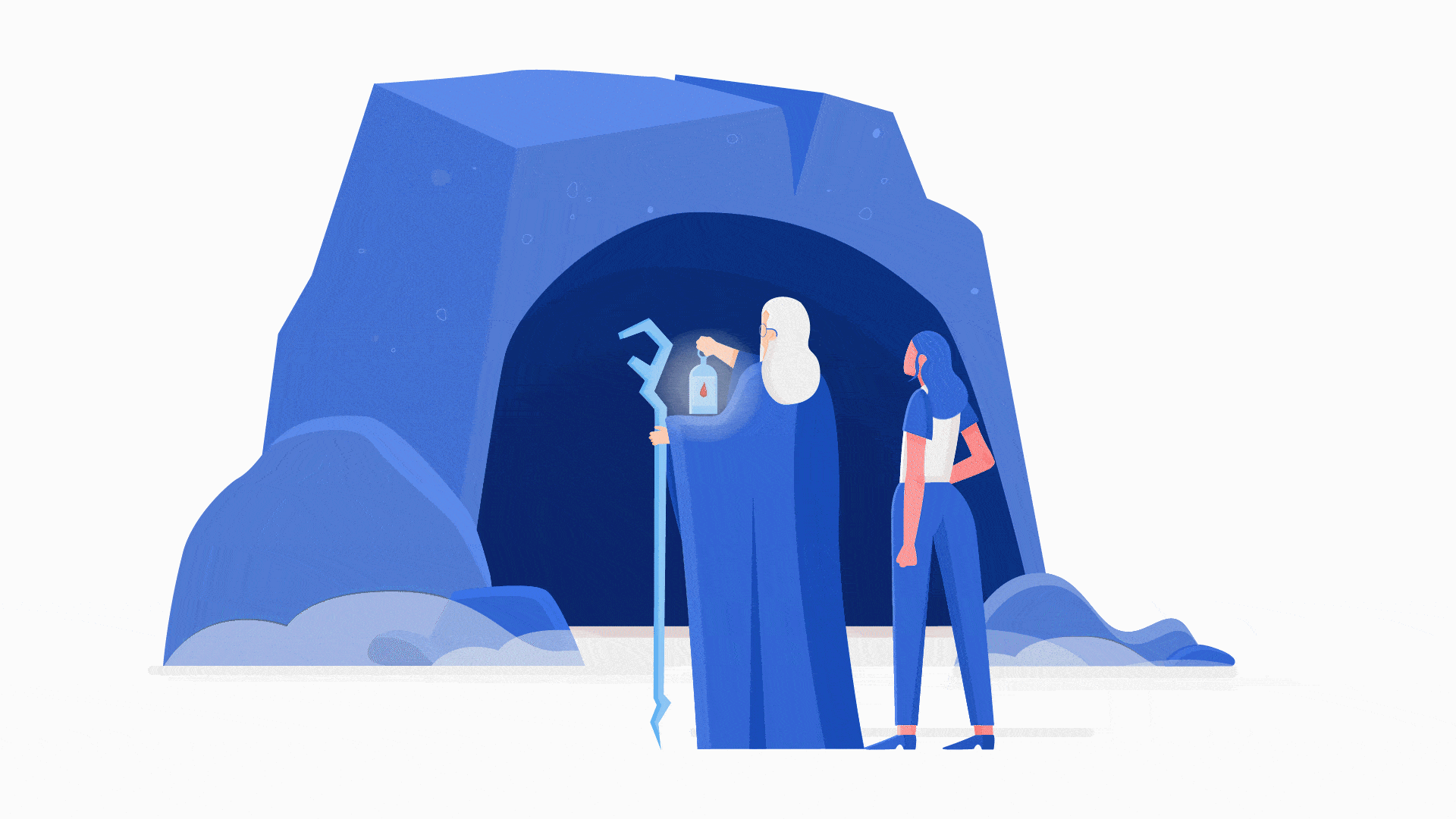How to Maximize Sales with The Buyer’s Journey
Did you know according to Ayurveda, a system of medicine from India, there are 3 stages in life. They are Kapha, Pitta and Vata, each representing Childhood, Adulthood and Elderhood. Similarly, your customers go through 3 stages before making a purchase, marketers call this 3 stages The Buyer’s Journey.
What is the Buyer’s Journey?
These 3 stages are parts of the Buyer’s Journey, and it is the process a customer goes through before engaging your services. Understanding this can help you acquire more customers.
- The first stage is awareness, where your customers are aware that they have a problem or an opportunity and they start researching to understand further.
- The second stage is consideration, where your customers have defined their problem and are searching for different options to consider.
- The third stage is decision, where they choose one solution from the available options.
The buyer’s journey is similar to a sales funnel, but it uses a buyer-centric educational approach, suiting inbound and thought leadership strategy better.
It is important to understand these 3 stages and how your customers think during each stage to ensure you communicate to them in a relevant way. The more you understand their thought process, the better your content can engage with them, and therefore the more they can trust you and become your loyal customers.
Did you know? According to Forrester, 68% of B2B customers prefer to research independently online, in fact, 60% would rather not communicate with sales reps as their primary information source. This means that the battle for sales is now online, and the quality of your online content matters a lot.
The Awareness Stage
At the first stage of your customer’s journey, they’ve just realized that they have a problem or an opportunity that they can solve, but they have not completely understood or identified it.
You want to provide resources to your buyers to help them clearly identify the problem or opportunity they are facing first.
Let’s give an example to make it clearer.
If you are feeling unwell, you are aware that there’s a problem, but you might not know the exact problem (think flu vs cold). You then start to search your symptoms and identify the problem. While you’re in the process of identifying your problem, you will not be interested in salesy call to actions such as “Buy now” asking you to buy medicine.
This is because before identifying your illness, why would you buy medicine that might not be suitable for you? You would want to know what you are actually suffering from first. Similarly, before your customers identified the actual problem, why would they buy your solution?
On the other hand, you will be more receptive to advisory phrases such as “Learn more at…” or “See examples of…” to guide them into content that offers knowledge and help. These are called transitional call to actions, compared to a direct call to actions. The aim is to keep them engaged by offering value first.
Here is some content you can offer to them at the awareness stage:
- Explainer Videos
- Educational Articles
- Research studies
- Infographics
- Reports
- White papers
Some awareness-related keywords to capture their attention include:
- How to…
- Why is…?
- Best way to…
- What is…?
- Where can I…?
- Find out…
- Learn more at…
The purpose of creating content is to help fulfil your role as a thought leader. A thought leader educates, and not persuades. Your potential clients should be more knowledgeable after reading it, and you should gain new knowledge or clarity while writing it as well. When you finally helped your client to identify their problem, they will see you as their guide and thought leader.
To sum up the awareness stage:
- Be the guide and provide knowledge to help them identify their problem first.
- You should not be pushing your solution to them as they’ll be uninterested and become defensive. Instead, speak to the pain points that they face.
- The awareness stage is your chance to capture their attention and create a long-lasting impression to make them consider your solution.
Now that you’ve gotten their attention, how do you get them to form the intent and consider making a purchase?
The Consideration Stage
At the consideration stage, they want to learn about the different solutions so they can start considering their options.
Therefore your job is to educate them on these different solutions, how they work, and their benefits on how it can achieve their desired outcomes.
In the process, you want to inspire them to form the intent to solve their problem. How? Paint a picture of how wonderful their lives would be like if these solutions solved their problems.
By continuing to educate them, you build a relationship while establishing your authority with them. This further makes your brand remain at their top of mind when they are ready to make a decision.
While you are offering value to them, this is also the stage where they are ready to reciprocate your value by giving you their emails, so be sure you are able to capture their emails to build your mailing list. Internally at Gram, we call it the Nurture list as a constant reminder on our mission to nurture our clients first.
Here is some content you can offer to them at the consideration stage:
- Educational videos or articles
- Explainer videos on the different solutions
- Case Studies
- Comparison articles
- Reviews
- Guides
- eBooks
Some consideration-related keywords include:
- Difference between… and …?
- X versus Y …
- Comparison of…
- Which is better… or …?
- Pros and cons of…
Generally, the further into the buyer’s journey, the more detailed your content can be, as the more invested they will be. That’s why eBooks are so popular on websites because most people on websites are already in the consideration stage.
To sum up the consideration stage:
- Educate them on the different possible solutions to build a strong relationship with them
- Asking for their emails at the end of the article to start building your nurture list
- The consideration stage is your chance to make you appear as an expert in all the possible solutions, further boosting the trust they have in your recommendations.
Now that you’ve gotten them to consider the different solutions, how do you get them to decide on your solution?
The Decision Stage
At the decision stage, they have evaluated the different solutions and are going to decide on the solution and the company to engage.
Finally, at this stage, your job is to persuade them to go with you and reassure them that you are the right choice. Here’s the time where you can freely talk about your company because this is the stage where they are actually interested in you.
This is the time to showcase your proven methodology, your meticulous processes, or unique frameworks. Share with them customer testimonials, or your story, values and beliefs to stand out from the competition.
Persuading them with these materials will excite them initially. But once the initial euphoria subsides, doubt and fear begin to form. It is the first time in the buyer’s journey that they are experiencing a risk. Their biggest concern will always be, what if they engage the wrong company?
So more importantly, do not forget to reassure them. How can you manage their risks? If you are able to manage their risks, or in other words, if you are able to protect their downside, the upside will take care of them. The key is to reassure their doubt and fear.
Here are some examples of reassurance:
- Money-back guarantee
- Milestones engagements
- Pilot projects
- Highly relevant case studies
- Free trials
- A detailed explanation of the process to clear any doubts
It’s essential that you do a good job at this stage, you wouldn’t want to nurture your customers to make a decision, only to go with another competitor of yours. However, if you’ve done a good job educating them and establishing yourself as a thought leader, it’s a lot easier for them to decide what they want to work with you.
On the contrary, if you haven’t created any content to educate your customers and help them through their buyer’s journey, even the smartest marketing collateral will result in a poor conversion rate. There’s simply no shortcut in nurturing your customers and being recognized by them as the thought leader.
Here is some content you can offer to them at the decision stage:
- Client testimonials & interviews
- Story of your company
- Company milestone video
- A video showcasing your company values and culture
- A detailed video on your processes
- Product reviews
- Vendor comparisons
- Price guides
At the end of the day, everybody needs a push to make a decision. This includes your customers. You need to motivate them to make the final decision, therefore your direct call to actions should also sound confident.
Some examples of a direct call to actions:
- Schedule a consultation
- Book an appointment
- Contact us
- Speak to a specialist
- Click for a free trial
To sum up the decision stage:
- It’s finally your time to shine and showcase how your company and your solutions are different and hopefully better
- After exciting them with the prospects of engaging you, remember to reassure them of their doubts and fears
- The decision stage is the time to be a bit more pushy to help them decide on engaging you, and your call to actions should reflect that as well.
Conclusion:
Understanding the buyer’s journey will go a long way in differentiating your brand from others. It helps you craft clear and appropriate messages to your customers at each stage of their journey.
Customers will start to view you as a company that understands them and see you a figure of authority. As you continue to create educational content, they will increasingly see you as the thought leader, and will naturally think of you when the need arises. You will be part of their journey for a longer period of time, allowing you to maximize sales.
References:
https://www.crazyegg.com/blog/ctas-buyers-journey/
https://resources.mojomedialabs.com/blog/sales-funnel-vs.-buyers-journey
At Gram, we have modified it a bit and we call it the Complete Video Funnel
Although you’re a brand that can provide the solution to your audience’s problem, you’re still required to provide the necessary information to meet your audience’s need. In order to have them make the final decision to pick your brand.
The three stages are called awareness creation, cultivate intention and ensure satisfaction.
Subscribe to our mailing list to receive an E-book of the Buyer’s Journey which provides additional information about understanding the pain points of each stage and the bonus stage, the Loyalty stage!






